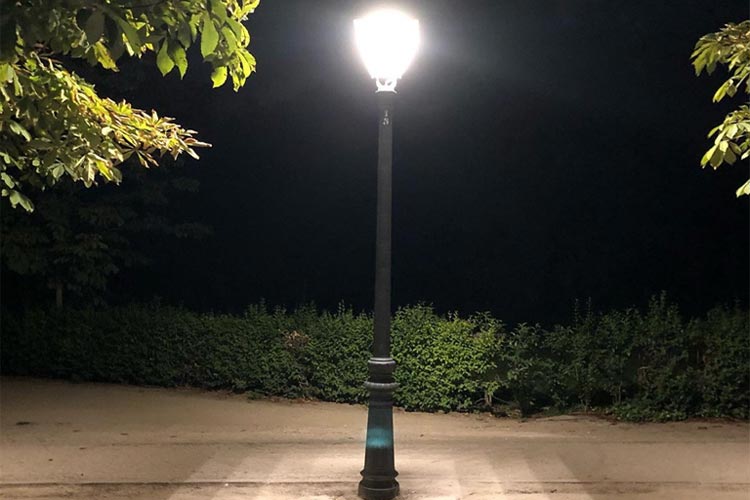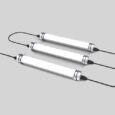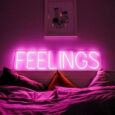LED Streetlights have become the preferred choice by municipalities due to more energy saving, better reliability, and advanced control options, but white-led streetlights’ impacts on health and safety should be taken into consideration.
When we compare an LED vs HPS, we can see that LEDs do pay for themselves for many reasons:
- The LED is much better than high-pressure sodium or even metal halide which can allow municipalities to save up to 60% on lighting electricity bills.
- A high-pressure sodium lamp can work for up to 20000h but good quality LED street lighting can last for 50000 h; which also help to save maintenance cost over the lifetime
- Lumen depreciation is the process in which the lumen output of a light source diminishes over time; LEDs depreciate more slowly than many traditional light sources such as HPS and Metal Halide.
Some of the lighting manufacturers promote led street lighting with a color temperature greater than 3000K to increase their product efficacy.
The major issue that lighting people or lighting manufacturers may not understand is that lighting that emits a greater component of blue light may look more efficient, But it is not.
The human eye is very sensitive to blue light, at high levels of Blue light it washes the visual purple out of the eye, reduces dark adaption as well as closes the pupil of the eye. In other words, the missing component in their calculations is the human eye itself.
Research showed that 4000K LED street light in the city emits twice as much spectral distribution in the blue as the 3000 K LED street light; this percentage will increase more with 5000K, and 5700K and with some Chinese street lighting models it can 6500K.
American Medical Association Gives Warning About LED Street lighting
During the annual meeting of the AMA (American Medical Association) to show the importance of declaring the effects of white-led streetlights on health and safety; guidance for communities has been released on how to reduce the effects of environmental and human harmful of high-intensity [LED] street lighting.
The Guidance focused on LED lighting with High CT, which emits a large amount of blue light and appears white to the naked eye
The guidance declared that “Despite the energy efficiency advantages, some LED lights may be harmful when used as street lighting.” as emitting a greater component of blue light; and has five times more effect on circadian sleep rhythms than conventional street lamps.
This may lead to issues with sleep and related conditions. They cited “recent large surveys” that found brighter nighttime light in communities is linked with Reduced sleep times, obesity, excessive sleepiness, dissatisfaction with sleep quality, and Impaired daytime functioning.
Which color Temperature is the best for street lighting?
LED is still one of the best options for street lighting nowadays, but to eliminate risks some precautions should be taken into consideration such as:
- 3000 K street lighting could be the best solution as it has half the spectral output distribution below 500 nanometers, and it’s the closest option to the HPS.
- It should be properly shielded to minimize detrimental and glare environmental effects and human health.




